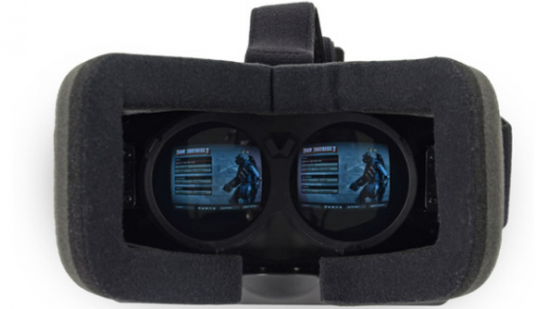One of the issues owners of the Oculus Rift developer kits have found is that it can cause severe motion sickness. While talking with us at Gamescom last week, we learned that it’s something Oculus VR hope to have solved from a hardware and software point of view by the release of the consumer version. Though, even then it may continue to be a problem.
“I think that’s one of the biggest challenges,” vice president of product at Oculus VR Nate Mitchell told me. “The technology is improving rapidly on all fronts; we’re doing a lot on positional tracking, trying to solve that, which will help game developers; we’re working on our display technology; our standard orientation tracking technology; comfort. I mean, all of these factors contribute to simulator sickness.
“We’re doing everything we can to make the hardware and software work better and we’re confident we’re making huge leaps and strides for the consumer version. But, one of the challenges is content. It’s having developers educated on what causes simulator sickness, what doesn’t. When you’re simulating reality very effectively there will always be experiences that make people dizzy in real life will make people dizzy in VR. And there’s a bunch of stuff that you can do in VR that will make people dizzy which is impossible in the real world. A lot of what we’re doing right now is discovering. Simulator sickness and motion sickness are not well understood. Effects and causes. There’s no widely accepted theory for either one. We’re working with devs to give them a best practices guide to tell them what works and what doesn’t. A lot of that’s coming back from the community. Stuff like “Hey, we made this demo. We showed it 30 people, 25 got sick. This is something people should probably avoid.” It’s an ongoing challenge for us but we’re dedicated to solving it. We’re going to get there.”
However, even with the work going into improving the hardware and software of the headset and the guidelines being created for developers, “there’s individual sensitivity,” Mitchell said. “You may be more susceptible to motion sickness than me, for example. Simulator sickness is the same way. One beautiful thing that’s really important to note is that people to acclimate over time. After playing with the Rift for like two or three days you don’t get simulator sickness any more. Just like sailors getting their sea legs. The community calls it getting your VR legs.”
Between Oculus improving the hardware and software on their end, developers following the guidelines to avoid causing the nausea, and each person’s individual response to the technology, simulation sickness represents “an ongoing challenge” for the company.
